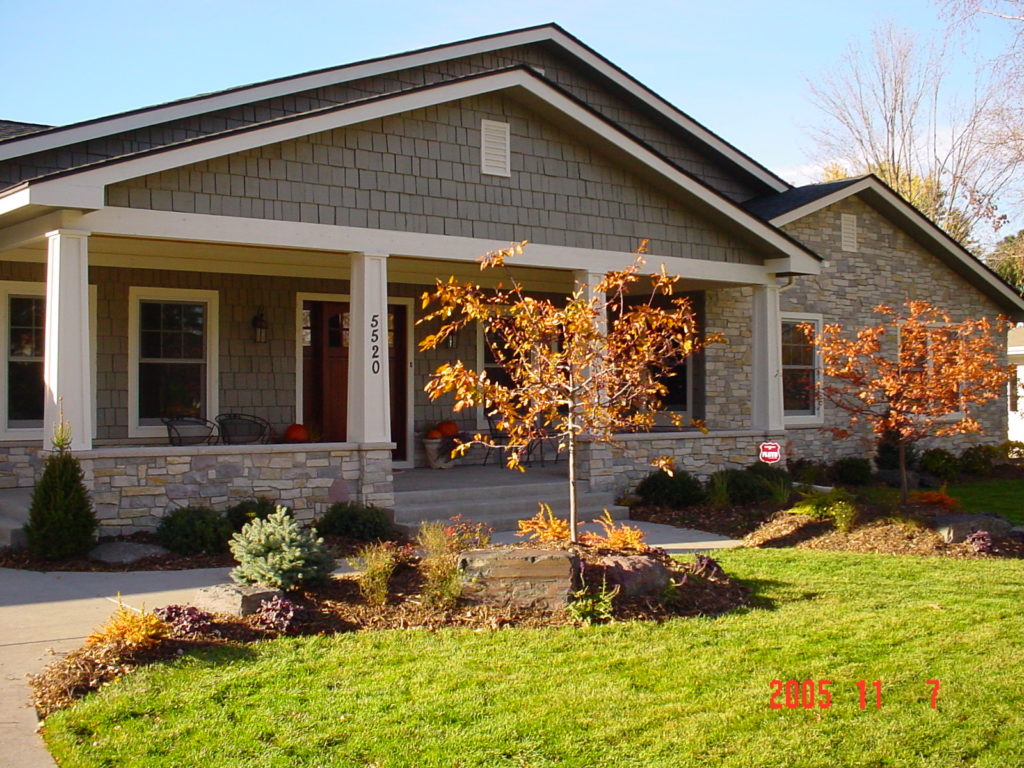With the cooler weather officially here to stay, there is no denying that the growing season is over for the year. November isn’t a month that people spend too much time thinking about gardening. In fact, most people are ready to put away their gardening tools for a bit. But if you’re one of those people that can’t get enough gardening, no matter the time of year, there are a few more chores you can do outside to make sure next year is a success.

Weekly ideas
If your lawn is still growing, it’s best to keep mowing it. Meadow voles and mice can cause damage to your turf if there is enough food and cover for them. Keeping your lawn shorter before the snow falls will also reduce dead spots in the spring.
Drain your hoses and sprinklers before there is a risk of them freezing
Remove any frozen and dead perennials from their contains and replace them with evergreen boughs, interesting leaves or seed heads and branches with berries for a natural and festive look.
Mulch tender perennials, new bulbs, and strawberries with clean straw, oak leaves or pine needles. It’s best to mulch plants before temperatures drop to the teens but after the soil is frozen.
End of the season planting
Amaryllis bulbs are a cheerful addition to homes in the winter and can be transplanted outdoors in the warmer months. They have long lifespans and will bloom well in the winter in homes.
If you know you’ll be looking for color and new life in February, now is the time to force tulip bulbs. Bulbs can be planted in shallow pots and then barely covered with soil so their “noses” are poking out. Water them well and then cover them in plastic. Place them in a cool area that stays above 35 degrees. After about 12 weeks, they should be moved to a cool indoor location. Expect to see flower within two to three weeks after that.
 Contact 612-483-GOAT
Contact 612-483-GOAT